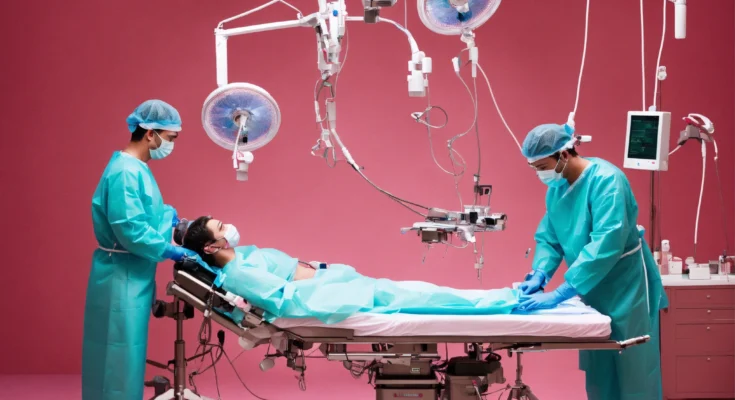They live with a condition that requires adaptations, but they can lead a full and quality life. We are talking about ostomy patients , patients who, due to a surgical procedure, have an opening in their body that allows feces or urine to pass through an external collection bag . This process can be temporary or permanent, depending on the medical conditions and response to treatment.
It is estimated that there are more than 400,000 people with ostomies in Brazil , according to data from the Ministry of Health. Every November 16, National Ostomy Day is celebrated , a date dedicated to raising awareness about the reality of people living with an ostomy . There are several reasons for having an ostomy , and many of them are related to inflammatory diseases and cancer. In the case of colorectal cancer, for example, the tumor can obstruct the passage of feces or cause complications that require rapid intervention. In other situations, such as acute diverticulitis – an inflammation of the large intestine – the condition can worsen and lead to perforation of the intestine, requiring emergency intervention.
Coloproctologist Tiago Leal Ghezzi, from Hospital Moinhos de Vento, explains that an ostomy is a surgery to create a “communication between the large intestine or small intestine and the skin of the abdominal wall” so that waste can be drained into the collection bag attached to the abdomen.
When is an ostomy performed?
The need for a stoma may occur in emergency situations, such as intestinal perforations or tumors that obstruct the passage of feces, or in planned contexts, such as surgeries to remove tumors in the rectum. “Often, in cases of cancer, the ostomy is done to protect the area where the tumor was resected and allow the intestine to recover properly,” explains Ghezzi.
One of the main questions for those who undergo an ostomy is whether the condition will be temporary or permanent. Ghezzi points out that this decision depends on factors such as the patient’s health, the complexity of the surgery and individual desires. “The vast majority of patients want to reverse their ostomy whenever possible . However, in some cases, such as emergency surgery in which only a few centimeters of rectum remain, reversal may be technically unfeasible,” he highlights. In addition, the patient’s clinical condition must also be assessed. Patients with serious diseases, such as heart, kidney or respiratory failure, may not be able to undergo a new surgery and keep the stoma permanently.
What it’s like to live with a collection bag
Living with an ostomy requires a period of adaptation, but according to experts, it is entirely possible to lead a normal life after the procedure. Ghezzi assures that, with the necessary care, an ostomy patient can have a routine very similar to their pre-surgery routine.
“The patient will have a diet very close to normal, avoiding only some foods that produce more gas. In addition, the collection bag is covered by clothing and is not visually visible,” observes the coloproctologist. With this, social, professional and even sports activities continue to be part of the life of a person with an ostomy . “The patient can have a normal marital and sexual life, without restrictions on physical activity, and can even swim in the pool or the sea,” he emphasizes.
Patients learn how to deal with their ostomy through training with nurses specialized in stoma therapy, who teach them how to change and clean the collection bag , allowing the patient to feel safe and independent. Ghezzi explains that the procedure for changing and emptying the bag can be done at home, in a practical way, comparing the process to the natural act of evacuation: “the bag must be emptied once or twice a day, in the same way that everyone evacuates in the toilet”.
The psychological impact of an ostomy diagnosis is inevitable, but information, medical support and contact with support groups make all the difference in adapting to and accepting the condition. “We have support groups for patients, generally linked to basic health units, with stoma care nurses and, in some places, also discussion groups between patients and regional and national associations,” says the specialist.
With information, appropriate treatment and a support network, ostomates can continue to play an active role in society, inspiring others to face the procedure with courage and optimism.




